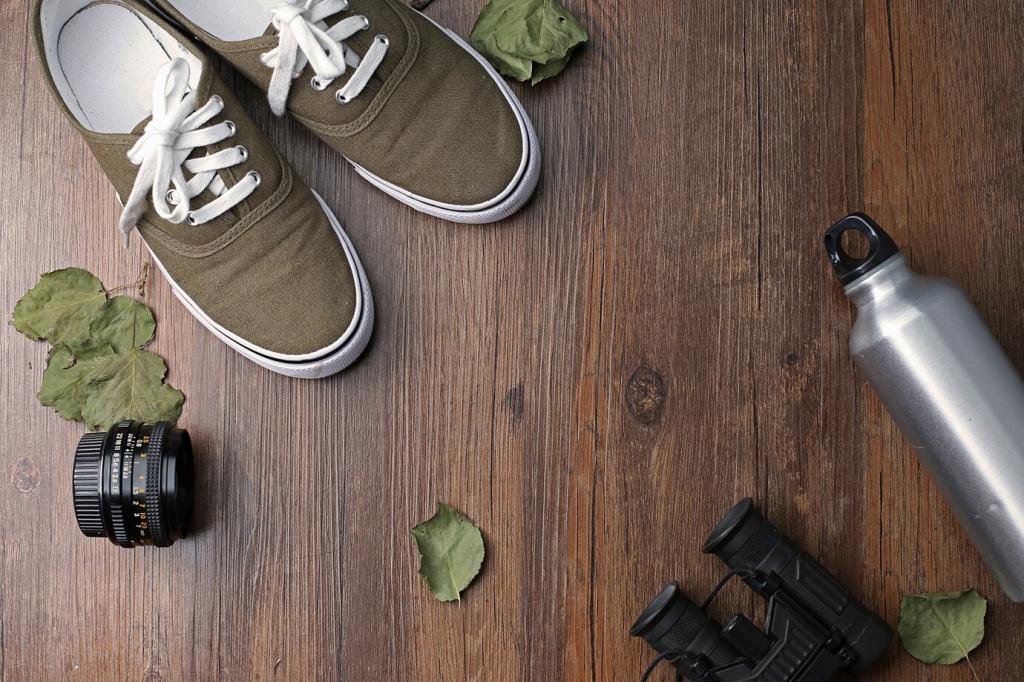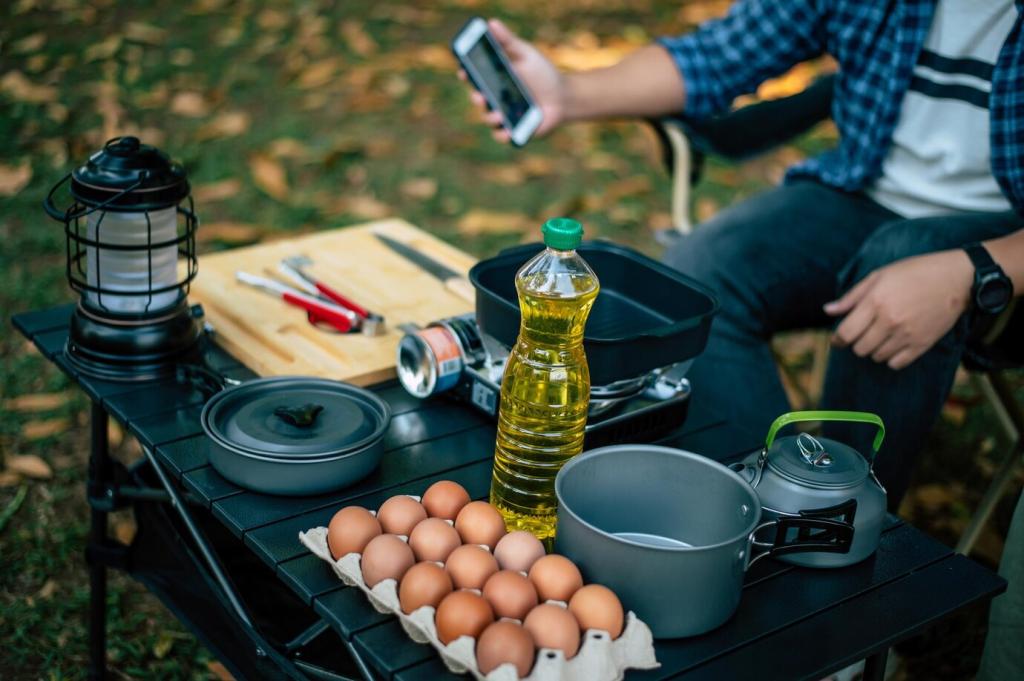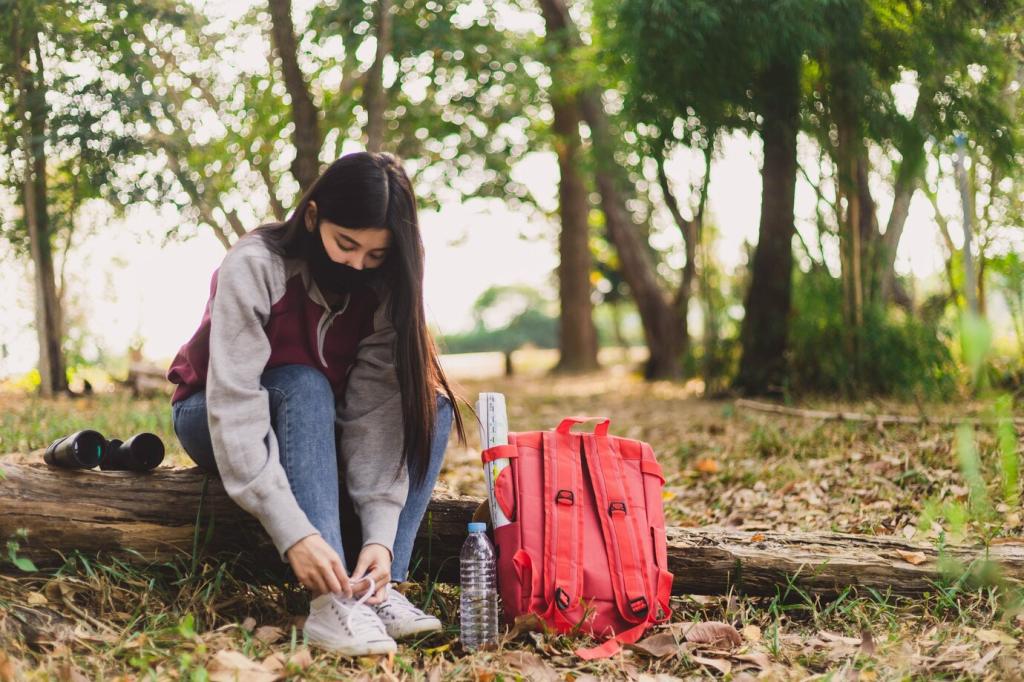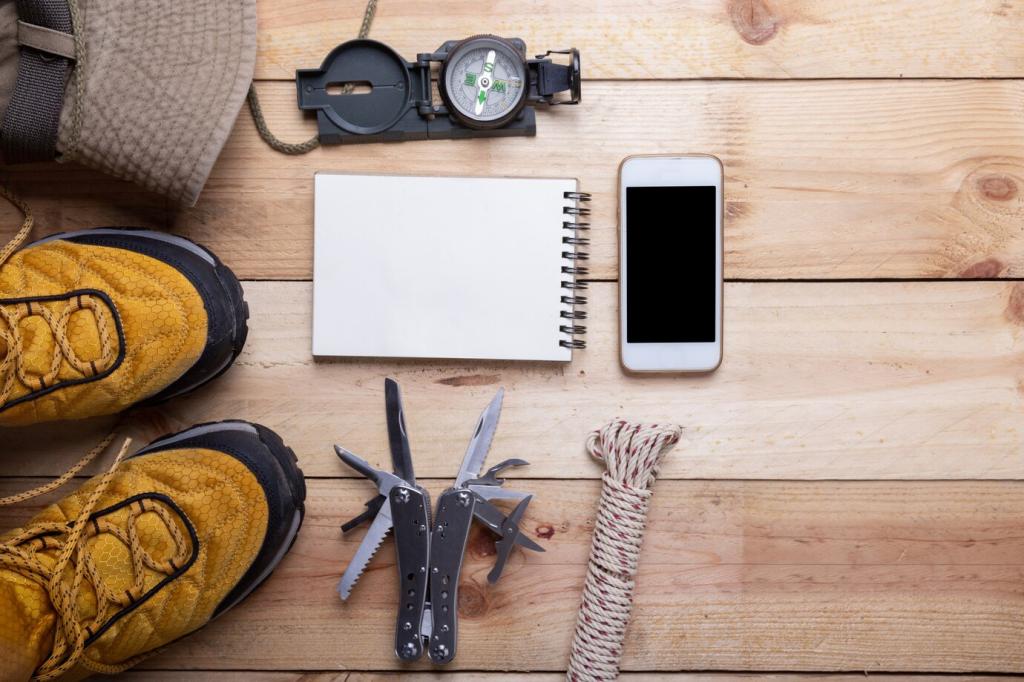Fall Hiking Gear Essentials: Your Autumn Trail Game Plan
Chosen theme: Fall Hiking Gear Essentials. Step into crisp air and blazing foliage with smart layers, reliable traction, and thoughtful safety picks that turn shoulder-season hikes into confident, cozy adventures. Share your must-have item in the comments and subscribe for fresh, trail-tested tips every week.
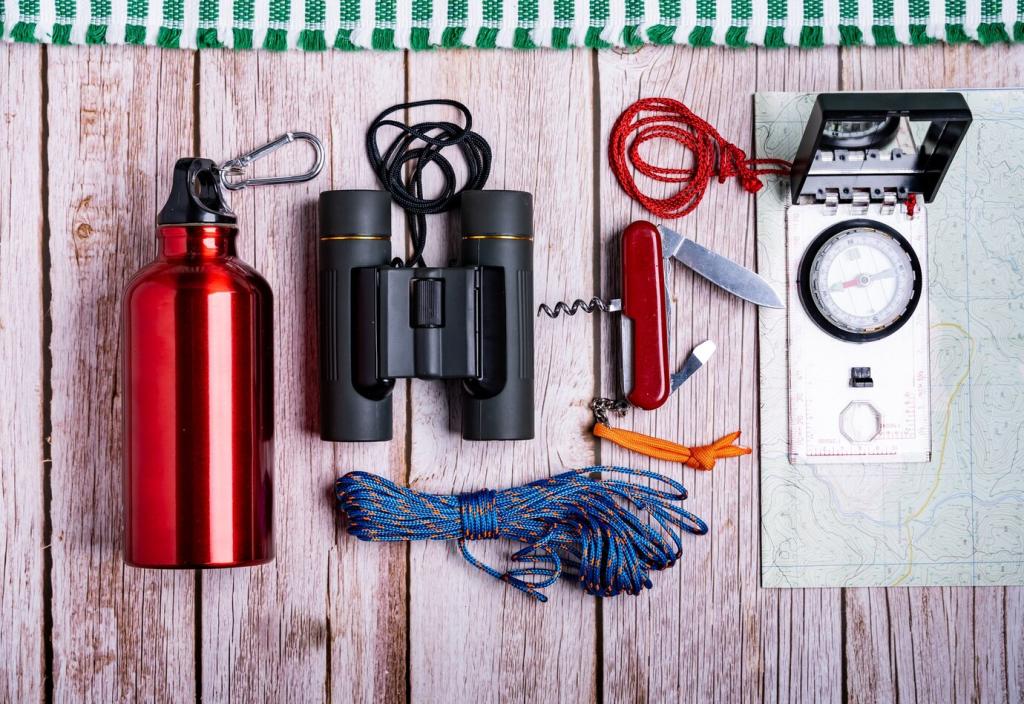
Breathable Base Layers that Manage Sweat
A great fall base layer moves moisture quickly without feeling clammy. Lightweight merino (around 150–200 gsm) or technical synthetics keep you dry while resisting odor. Look for flatlock seams to prevent chafe and a long hem that stays tucked under your pack hip belt. What fabric keeps you comfy during leaf-peeping climbs?
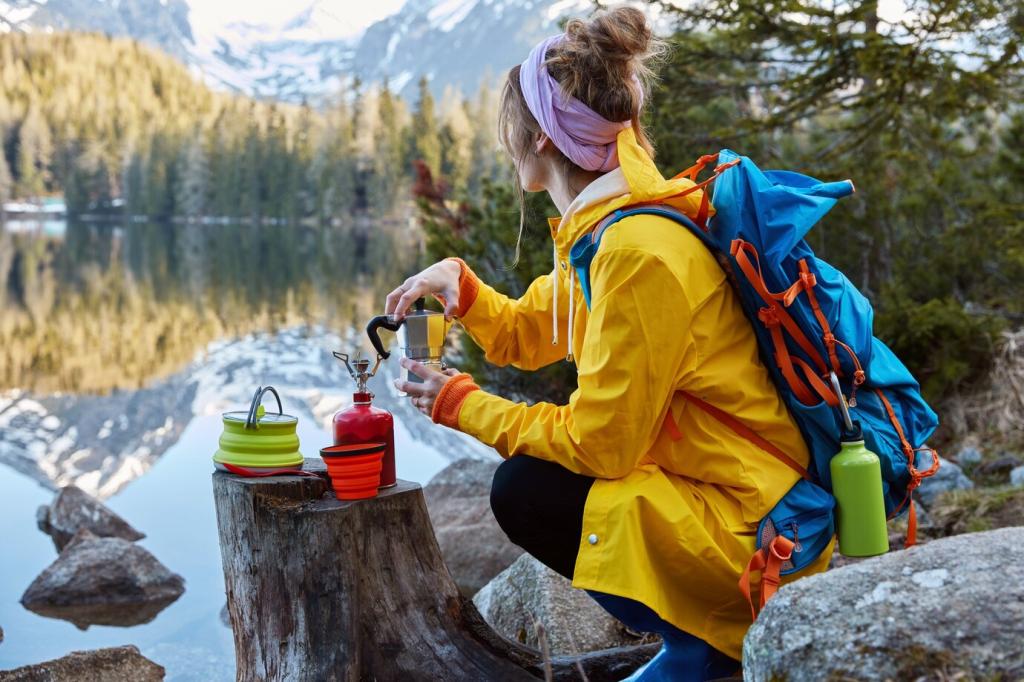
Insulating Mid-Layers for Variable Temps
Choose a versatile fleece or active-insulation jacket for stop-and-go warmth. Synthetic fills keep insulating when damp, while grid fleece breathes on ascents. On a foggy ridge last October, opening mid-layer vents stopped the chill before it started. Bring a light beanie and gloves to extend comfort. Tell us your mid-layer MVP and why it wins.

Weatherproof Shells and Ventilation
A breathable rain shell with pit zips handles misty mornings and sudden squalls. Waterproof membranes protect from wind-driven drizzle, while softshells shine on dry, blustery days. Prioritize venting, hem drawcords, and a hood that fits over a cap. Pro tip: pack a compact wind shirt for ridgeline gusts. Which shell earns space in your pack?
Footwear, Socks, and Trail Traction
Get the Fit Right Before the Trailhead
Leave a thumb’s width in the toe box to avoid downhill bruising, and lock the heel with a runner’s loop. Test boots or trail runners in the afternoon when feet are slightly swollen. Consider drop, stack height, and outsole lug pattern for your terrain. Insoles can tune volume and support. What fit tweak changed your hikes?
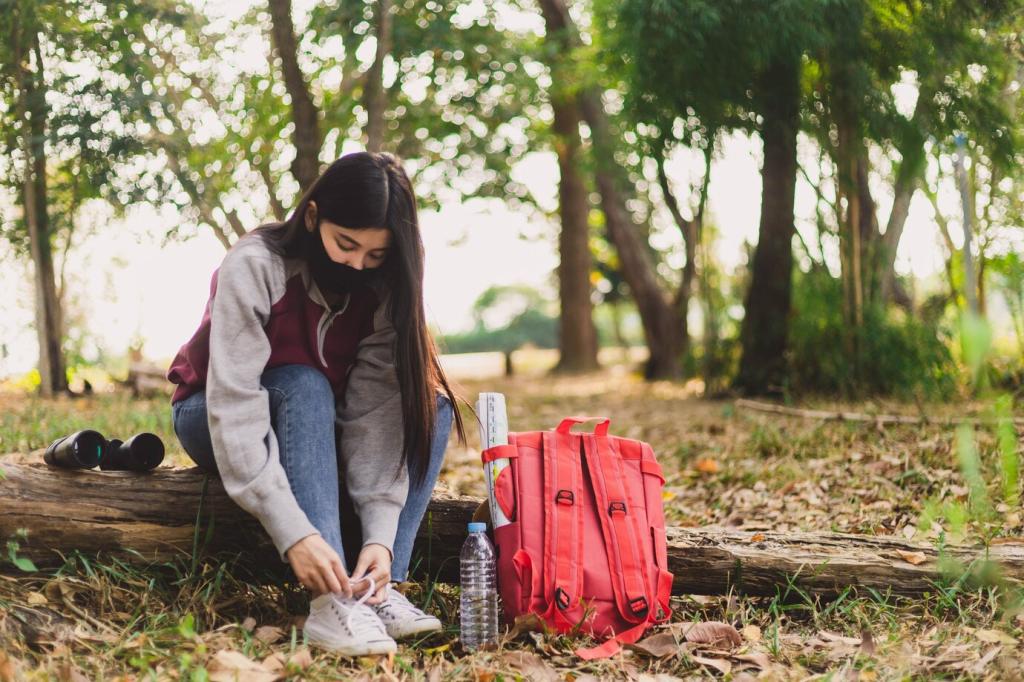
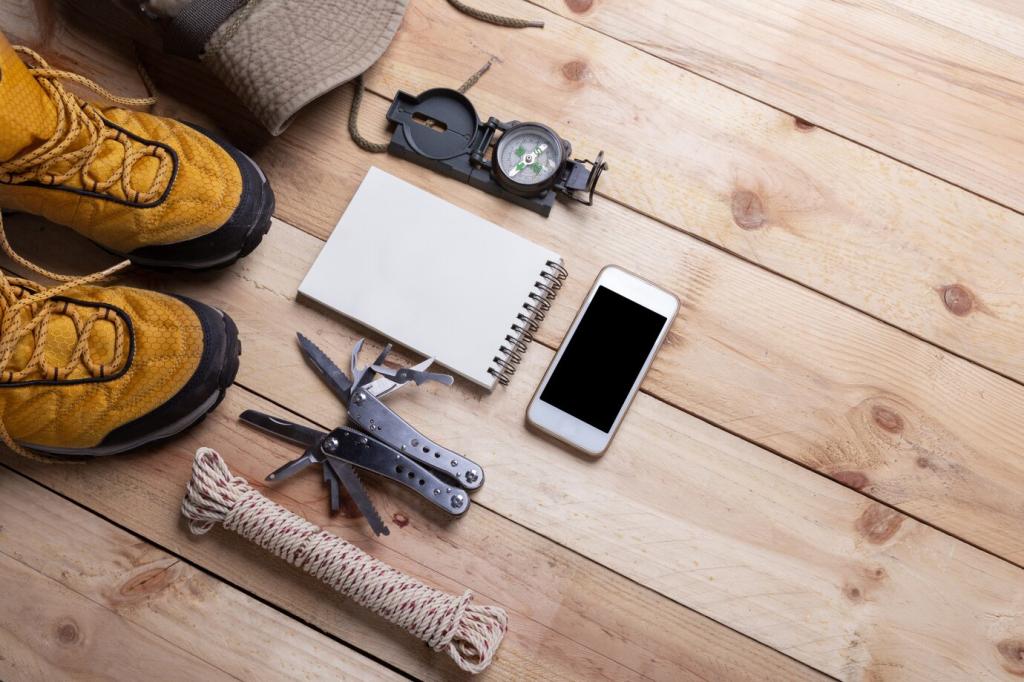
Waterproofing vs Breathability in Fall Conditions
Waterproof membranes shine on wet grass and shallow puddles but dry more slowly if soaked. Non-waterproof shoes breathe best and often dry faster between showers. Pair either with light gaiters to block leaf litter and splash. After a creek splash last October, my feet stayed happy thanks to quick-draining shoes and spare socks. What’s your pick?
Headlamps that Actually Help
Bring a headlamp with 200–350 lumens for clear footing and a red mode to preserve night vision. Pack fresh batteries or a small power bank if rechargeable. Aim the beam low on leaf-covered roots and wet bridges. A backup keychain light weighs little and adds safety. What headlamp mode do you use most in the woods?
Offline Maps, Compass Skills, and Redundancy
Download offline maps, switch your phone to airplane mode to save battery, and always carry a paper map plus compass. Know how to orient a map and take a bearing. When fog rolled in on a ridge, a simple compass check kept us aligned. Which mapping app or tip would you recommend to new hikers?
Plan Turnaround Times with Daylight in Mind
Check sunrise and sunset, then set a turnaround time using the half-time rule with a buffer for photo stops. In fall, shadows lengthen early in valleys; build in margin for the descent. Communicate your plan with your group and a contact at home. What’s your favorite daylight-planning habit or tool?
Hydration, Calories, and Warm Morale Boosters
Use an insulated bottle or sleeve to keep water from getting unappealingly cold, and sip regularly rather than chugging at stops. If you prefer a bladder, insulate the hose and bite valve to prevent sluggish flow on frosty mornings. Stash a small electrolyte packet for longer climbs. How do you keep drinking when the air turns crisp?
A small thermos filled with tea, broth, or spiced cider can transform morale at a blustery overlook. The warmth supports circulation, and a pinch of sugar and salt restores pep. I once shared hot ginger tea on a windy summit; laughter returned with the steam. What hot drink fuels your fall trail magic?
Filters can slow in cold water; keep them warm in a pocket and avoid freezing. Chemical treatments need adequate time, especially in near-freezing sources. UV purifiers work quickly but require fresh batteries. Always pre-filter silty leaf-stained water. What purification method has proved most reliable in autumn for you?
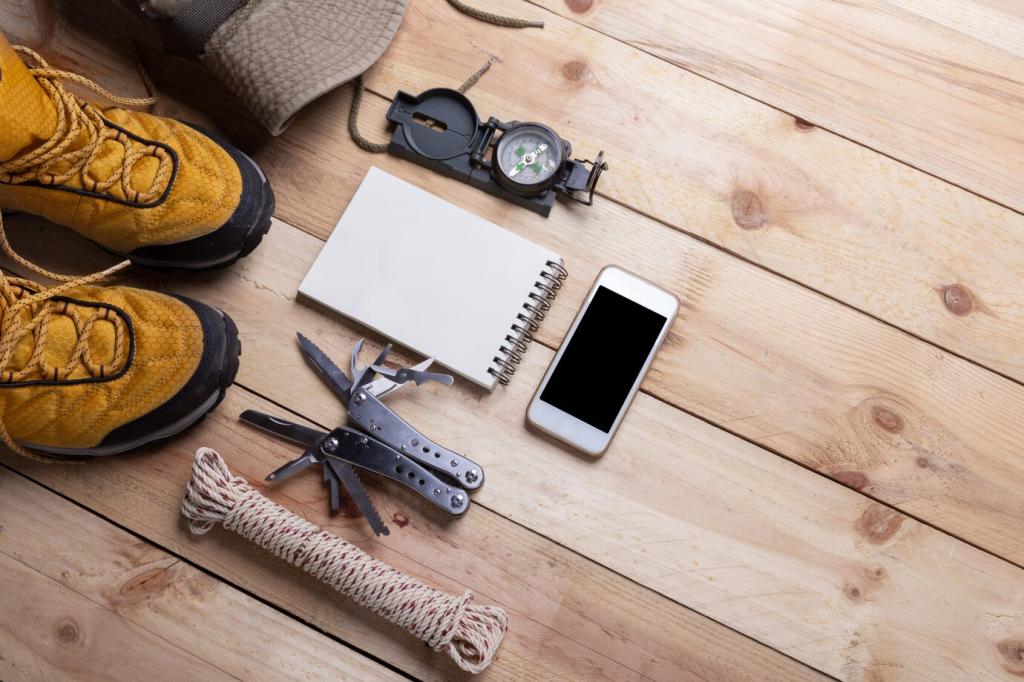
Safety Essentials and Simple Repairs
Traction Add-ons for Frost and Leaves
Light microspikes or aggressive lug patterns bite into frosty boardwalks and wet roots hidden by leaves. Trekking poles add stability on muddy descents and creek approaches. After a leaf-slick bridge last November, microspikes felt like a superpower. Pack them when overnight lows flirt with freezing. What traction do you trust when trails get slick?
